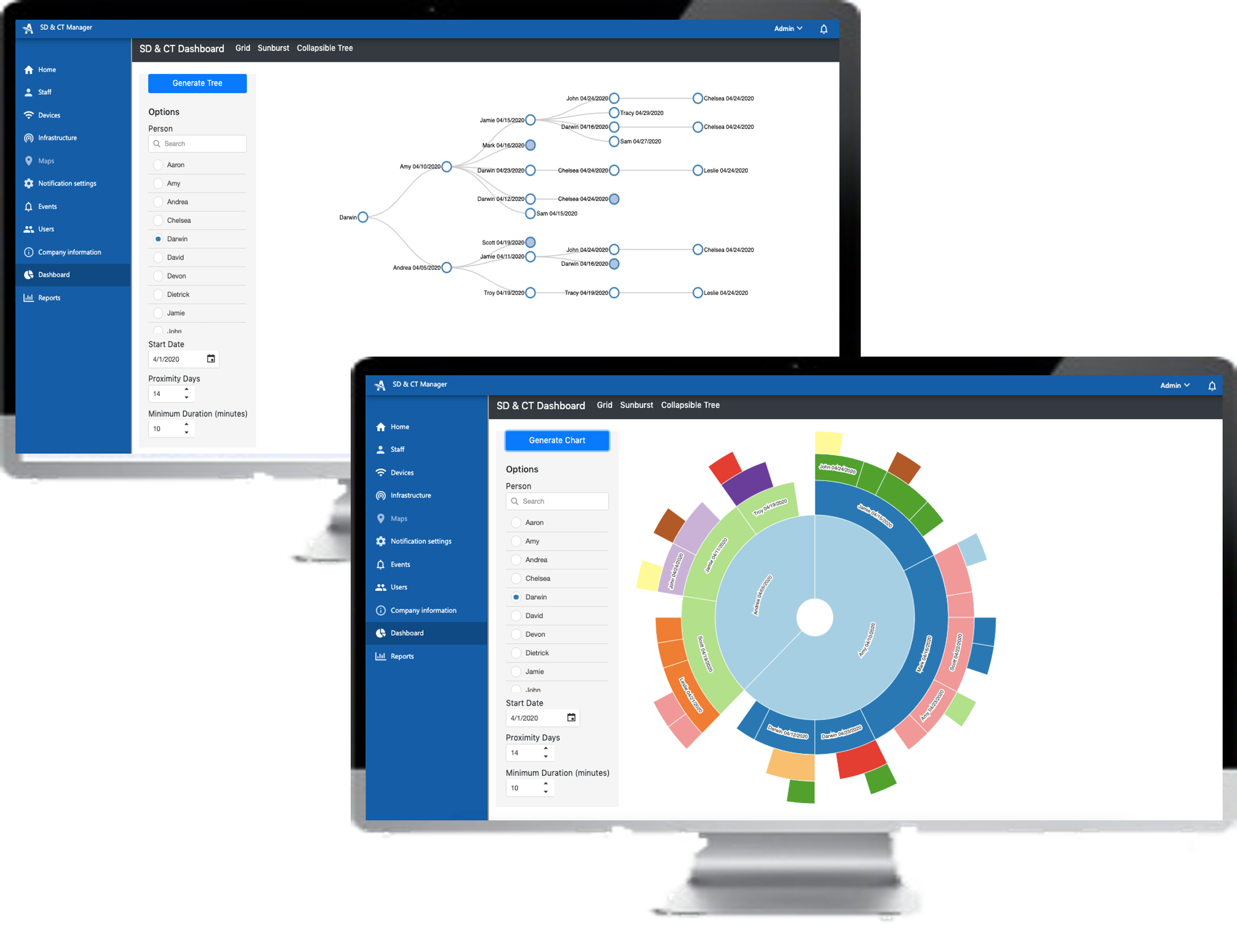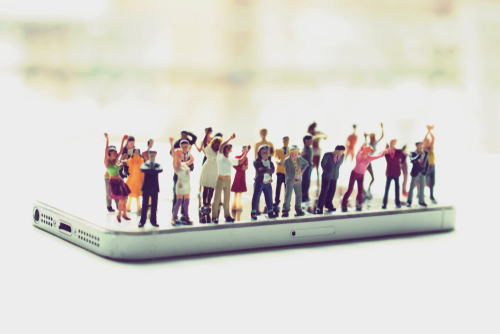With vaccination rates stalling and mutations outsmarting the vaccines, its time to reenergize efforts around contact tracing to isolate the spread.
If the flu of 1918 holds any lessons, it tells us that the virus will continue to mutate and over time our bodies will eventually develop immunity to fend it off. With no clear end in sight, the inevitable toll can be reduced if we can minimize the spread.
- Increase vaccination rates around the world
- Social distancing to prevent the spread
- Testing & contact tracing to isolate outbreaks.
According to Gretchen Berlin of McKinsey & Company, “As vaccine hesitancy persists and variants manifest and spread across the world, the promise of herd immunity appears more challenging. In its place, the need for ongoing management and a plan to minimize the costs from this pandemic and any future crises becomes the priority.”[1]
As Covid-fatigue sets in and we return to some level of normalcy, employers are welcoming staff back to the workplace. However employers have “statutory duties to provide a safe place of work and general duties of care towards anyone who may be accessing or using their place of business.” According to Lawyer Monthly. “In order to prepare for reopening, employers are, therefore, required to undertake a health and safety risk assessment to identify current potential hazards in the workplace”.[2]
At AiRISTA, we are seeing customers of our Social Distancing & Contract Tracing solution expand their use of the solution and extend the license period. As they pass the 1-year milestone, these employers understand we are in it for the long haul and protections must be extended to safeguard employees. Employers are telling us that as social distancing fatigue has set in, focus has shifted to contact tracing. The contact tracing capabilities of AiRISTA’s sofia platform provide a one-click view of employee contacts. Customized reporting and over the air configuration allows flexibility in the parameters that constitute “contact”. And a view into historic patterns of contacts drive continuous policy improvements.
haul and protections must be extended to safeguard employees. Employers are telling us that as social distancing fatigue has set in, focus has shifted to contact tracing. The contact tracing capabilities of AiRISTA’s sofia platform provide a one-click view of employee contacts. Customized reporting and over the air configuration allows flexibility in the parameters that constitute “contact”. And a view into historic patterns of contacts drive continuous policy improvements.
“To support recovery from this pandemic, and to prevent future pandemics, we need to have a smarter quarantine system—instead of entire lockdowns on our economy—enabled by decentralized nanoprecision and even quantitative, real-time testing of COVID-19 and other biomarkers.” [3] The McKinsey article goes on to list the socioeconomic impacts already inflicted.
- On the education side, we’ve lost a year of math and reading, prospectively, in a nation whose education system has been ranked at 38 internationally.[4]
- On diversity, 2.5 million women exited the workforce after decades of getting women into the workforce.[5]
- On income disparity, billionaire wealth increased 55 percent during the pandemic. That means $1.6 trillion shifted to those who were already billionaires.[6] That has long-term structural implications for our society.
- On inflation, the May US numbers from the Council of Economic Advisers was 5 percent. For the average American, it means we’ve just cut roughly 5 percent off of savings.[7]

It’s the legal and ethical responsibility of each employer to take steps necessary to minimize the spread of the virus to help everyone get back to normal faster. Please contact us at salesinfo@airista.com to discuss your unique requirements.
[1] McKinsey& Company, Gretchen Berlin, ”How might the Covid-19 Pandemic End?”, July 19, 2021
[2] Lucy Lewis and Shalina Crossley, “Covid-19: Does an Employer’s Duty of Care Extend to Commuting to Work?”, Lawyer Monthly, June 25, 2020
[3] McKinsey & Company, Gretchen Berlin, ”How might the Covid-19 Pandemic End?”, July 19, 2021
[4] Drew DeSilver, “U.S. student’s academic achievement still lags that of their peers in many other countries,” Pew Research Center, February 15, 2017
[5] Katie Rogers, “2.5 million woman left the work force during the pandemic. Harris sees a ‘national emergency.’” New York Times, March 30, 2021
[6] Billionaire pandemic wealth gains 55%, or $1.6 trillion, come amid three decades of rapid wealth growth, a joint report from Americans for Tax Fairness and Institute for Policy Studies, April 14, 2021
[7] “Current U.S. inflation rate: June 2021,” Official Data Foundation, June 2021





